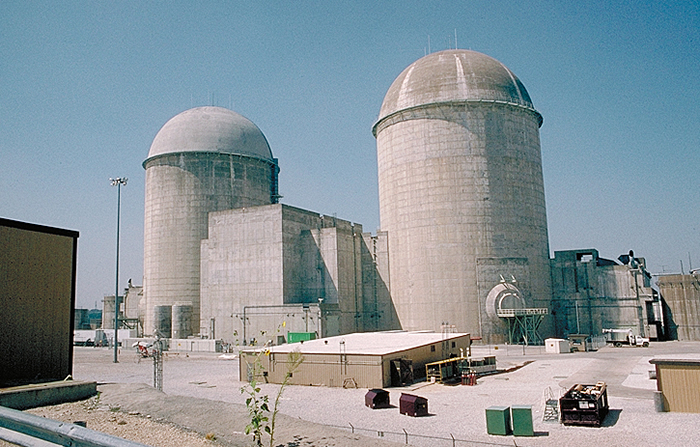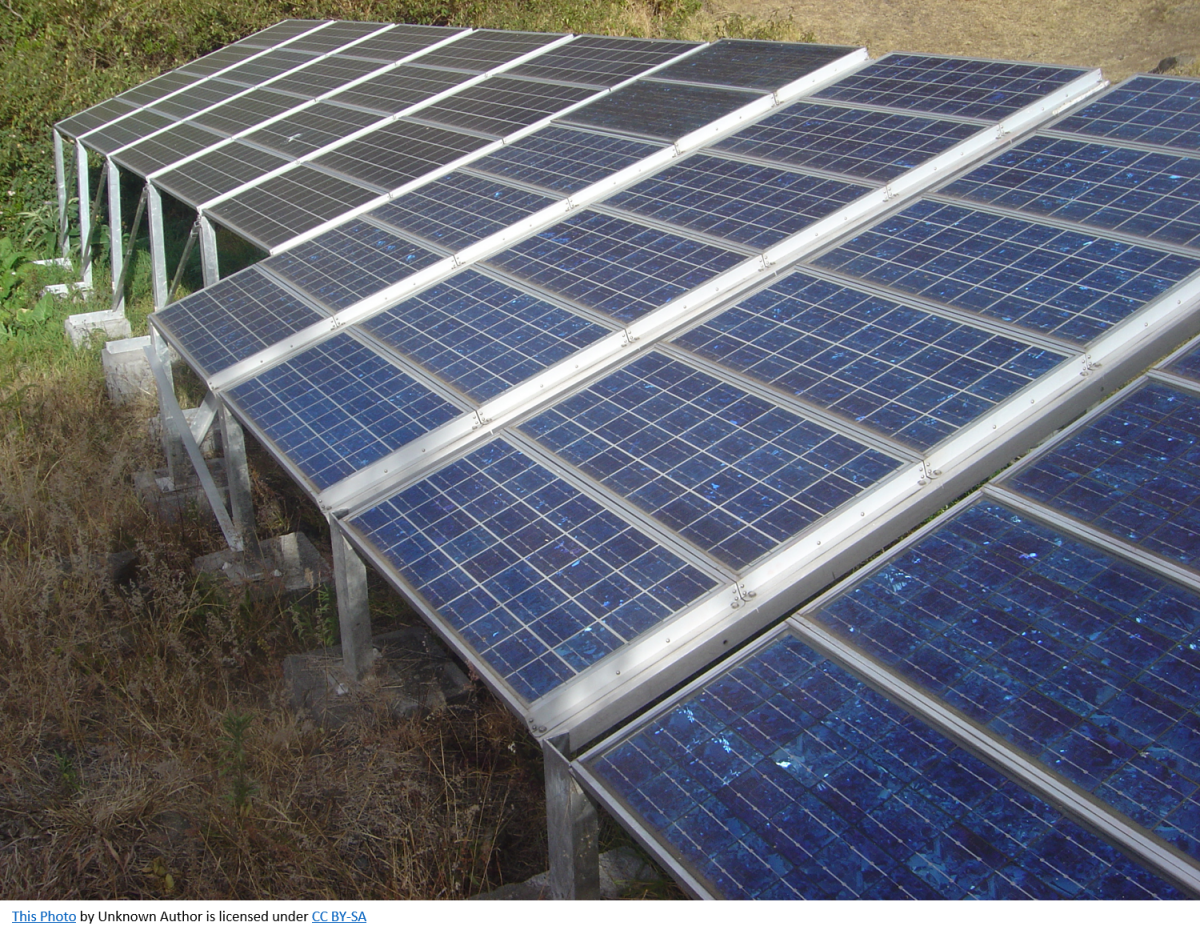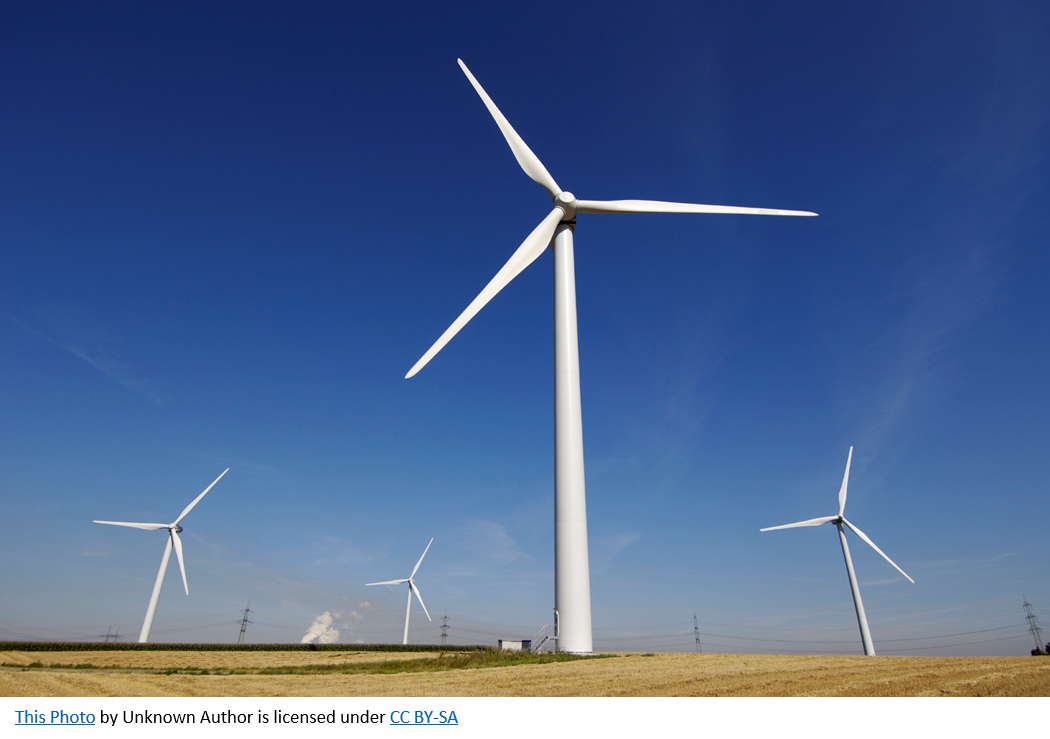 Sustainable energy habits start with knowing the source of your electricity. According to the U.S. Department of Energy, power (i.e., electricity) generation is the largest source of energy-related greenhouse gas emissions in the U.S. Not all electricity is created equal. Some forms of power generation emit greater amounts of greenhouse gases than other forms. Many variables affect the amount of greenhouse gases emitted per kilowatt-hour generated; however, there are clear trends in the emissions. Wind generation and hydroelectric plants have the fewest emissions, followed by nuclear plants and solar generation. All of these emit substantially fewer greenhouse gases than combustion of any fossil fuel, including natural gas.
Sustainable energy habits start with knowing the source of your electricity. According to the U.S. Department of Energy, power (i.e., electricity) generation is the largest source of energy-related greenhouse gas emissions in the U.S. Not all electricity is created equal. Some forms of power generation emit greater amounts of greenhouse gases than other forms. Many variables affect the amount of greenhouse gases emitted per kilowatt-hour generated; however, there are clear trends in the emissions. Wind generation and hydroelectric plants have the fewest emissions, followed by nuclear plants and solar generation. All of these emit substantially fewer greenhouse gases than combustion of any fossil fuel, including natural gas.



Living the change in energy means considering more than price when purchasing electricity. Lowest price is not necessarily lowest cost; meaning, the price often doesn’t account for the full cost of electricity, such as the public cost of climate, environmental, health, and social impacts.
 As religious people, we must start at the source of our electricity, to make faithful decisions about our energy use. Do this by calling your electric provider. You'll find their name and phone number on your electric bill. Asking them about the source of the electricity you buy is a good way to tell them that customers care about more than just low price. When getting this information, don’t forget your place of worship. Call their provider, too, if it’s different from the one you use at home. Here are some suggestions for questions to ask:
As religious people, we must start at the source of our electricity, to make faithful decisions about our energy use. Do this by calling your electric provider. You'll find their name and phone number on your electric bill. Asking them about the source of the electricity you buy is a good way to tell them that customers care about more than just low price. When getting this information, don’t forget your place of worship. Call their provider, too, if it’s different from the one you use at home. Here are some suggestions for questions to ask:
Where does the electric provider get its electricity?
What are the names of the power plants that they use; where are the plants located; and what type of power plant are they?
What percentage of the electric provider's retail electricity comes from renewable sources?
Do they have plans to build new plants or purchase power from different plants, and if so, what type of power plant will it be?

